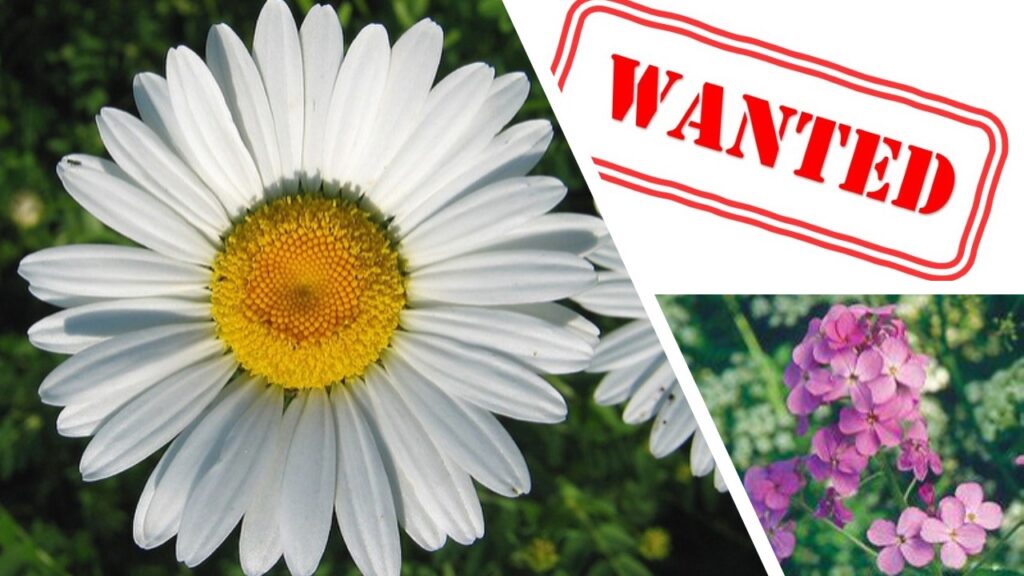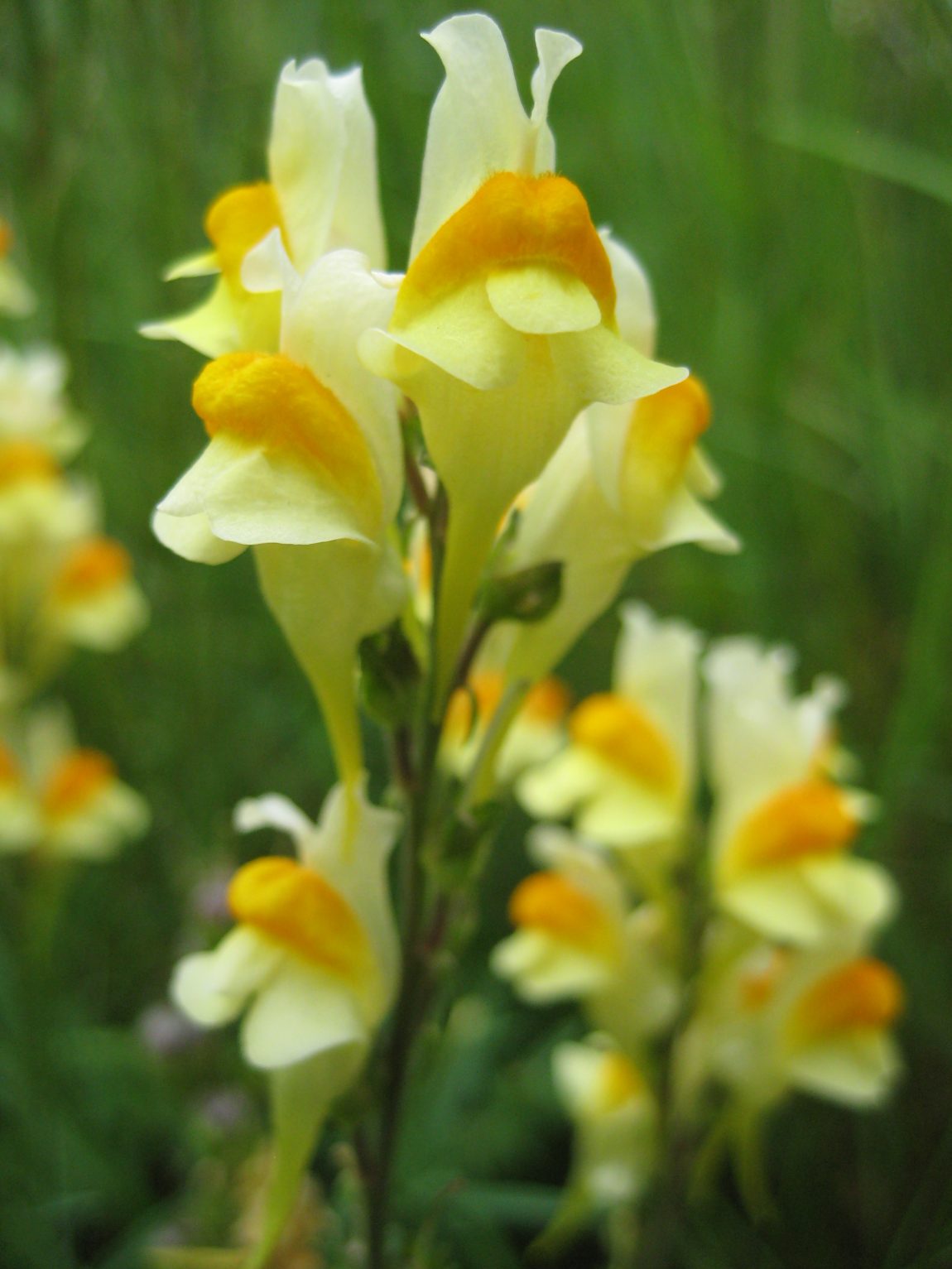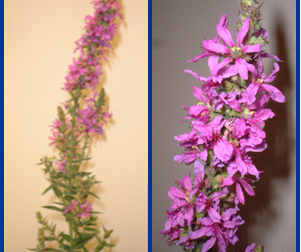Wanted: Runaway Invasives
- 2024-09-07
- By mkirk
- Posted in Horticulture, The Garden Buzz
By Judy Cale, Colorado Master Gardener

Invasive plants can look lovely adorning your garden. But all of a sudden, they are spreading everywhere and maybe even into your neighbors’ yards. All you did was plant a packet of wildflower seeds into your garden bed. And with some watering and care, they sprouted surprisingly well. The daisies look really pretty. Well, if you look on the back of the seed packet, it may have included Oxeye daisy seeds and possibly Dame’s Rocket or Toadflax seeds.
Oxeye daisies look similar to Shasta daisies. However, Oxeye daisies have rhizome roots which help them to spread quickly and crowd out native plants. Oxeye daisies and Dame’s Rocket are escaped ornamentals that bloom several times over a season, thereby spreading their seeds further.
Dame’s Rocket may be confused with garden phlox or fireweed. It suppresses native plants by absorbing the surrounding water and nitrogen.
Yellow toadflax has flowers that look similar to snapdragons. It was originally used for medicinal purposes and for yellow dye. It can be found along roadsides, abandoned lots and areas with gravel. With roots that can be 3 feet deep and extend several yards, it is difficult to eradicate.

Purple loosestrife, another noxious plant, prefers riverbanks and wetlands. Its long tap root makes it challenging to remove by hand. It may be mistaken for our native fireweed.

These are just a few examples of invasive plants.
How do you know if a flower is invasive? The state of Colorado has an A List, a B List and a C List of invasive plants. Those on the A List currently have relatively small populations but must be eradicated before they become out of control. The Colorado Noxious Weed Act includes those on the B List. Their continued spread must be contained, suppressed, or eliminated depending on the local infestation. Arapahoe County has listed its most invasive plants and provides a brochure on how to control them.
So, what can you do? First, do not purchase any wildflower seed mixes that list any of the flowers on the A, B, or C Lists. Then, familiarize yourself with the noxious weeds in your neighborhood. Work with your neighbors to contain these noxious plants through biological, chemical, cultural, and/or mechanical controls.
Here are some resources to help:
Horticulture Resources
- Garden Buzz Archives
- CSU Extension Resources
- Colorado Master Gardener Program
- Foothills to Plains Native Plant Master Program
- Native Bee Watch Community Science Program
- The Co-Hort Blog
- PlantTalk Colorado
- Soil Testing
- Plant Select
- Emerald Ash Borer
- Japanese Beetle
- Colorado State Forest Service
- Ask an Expert


